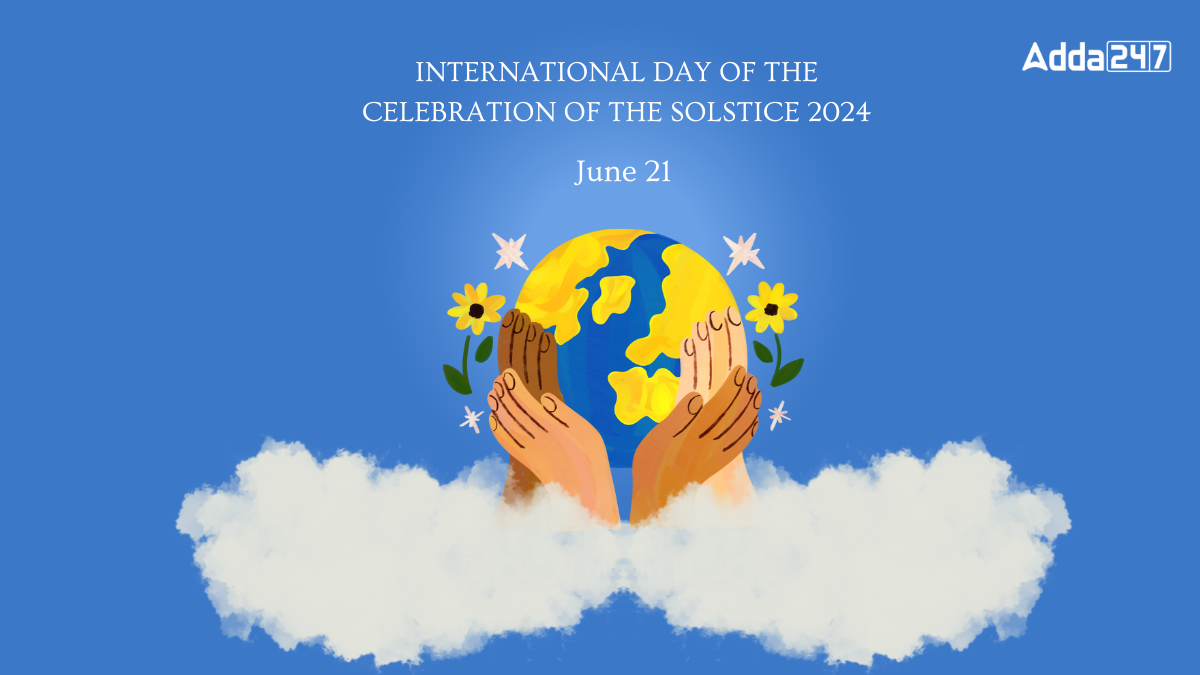The summer solstice is a natural phenomenon that occurs when the Earth’s axis is most tilted towards the sun. It marks the:
- Longest day of the year in the Northern Hemisphere (usually June 20th or 21st)
- Shortest day of the year in the Southern Hemisphere (usually December 21st or 22nd)
This celestial event has captivated cultures worldwide for millennia, inspiring celebrations and traditions.
A New Global Observance
The United Nations established the International Day of the Celebration of the Solstice in 2020. This recognition highlights the cultural significance and unifying power of this natural event across diverse societies.
The Science Behind the Solstice
Earth’s Tilt and Seasons
The Earth’s 23.5-degree tilt is responsible for our seasons. During the solstice:
- One hemisphere receives direct sunlight
- The other experiences the beginning of winter
Day and Night
On the summer solstice:
- Daylight hours are at their maximum
- The sun reaches its highest point in the sky
Cultural Significance
Ancient Traditions
Many cultures have long celebrated the solstice:
- Stonehenge in England aligns with the solstice sun
- Scandinavian Midsummer festivals feature bonfires and feasts
- The Inti Raymi sun festival in Peru honors the Incan sun god
Symbol of Transformation
The solstice represents:
- A time for reflection and renewal
- The balance between light and darkness
- An opportunity to set intentions for the coming months
Celebrating the Solstice
Global Festivities
Communities worldwide mark the occasion with:
- Bonfires and outdoor gatherings
- Cultural performances and rituals
- Nature-based activities
Personal Observances
Individuals can celebrate by:
- Spending time outdoors
- Practicing mindfulness or meditation
- Setting personal goals for the coming season
Significance of the International Day
Cultural Heritage
The UN recognizes the solstice as an embodiment of:
- Unity in cultural heritage
- Centuries-old traditions
- The connection between humans and nature
Promoting Understanding
This international day aims to:
- Strengthen ties among peoples
- Foster mutual respect
- Promote ideals of peace and good-neighborliness
Other Important June Dates
Northern Hemisphere
- Summer solstice (June 20th or 21st)
- Sun reaches its northernmost point (Tropic of Cancer)
Southern Hemisphere
- Winter solstice (December 21st or 22nd)
- Sun reaches its southernmost point (Tropic of Capricorn)




 World Basketball Day 2025 Celebrates Bas...
World Basketball Day 2025 Celebrates Bas...
 UN Celebrates Second World Meditation Da...
UN Celebrates Second World Meditation Da...
 Winter Solstice 2025 Observed on Sunday,...
Winter Solstice 2025 Observed on Sunday,...







